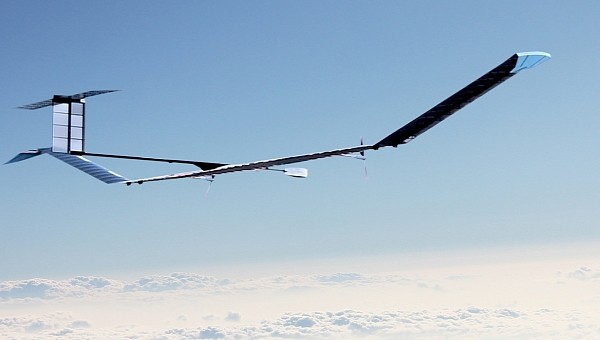Airbus is one of the leaders in terms of sustainability and green operations not just for commercial aviation but also for mobile connectivity and Earth observation. The Airbus HAPS (High Altitude Pseudo-Satellite) subsidiary is in charge of the record-breaking Zephyr platform now gearing up to provide its services to Japan.
Airbus HAPS’s proclaimed mission is to provide “environmentally-friendly services” related to mobile connectivity, Earth observation, and various government applications. This is done with the help of Zephyr, a unique solar-powered platform that operates from the stratosphere.
As Airbus HAPS explains, the Zephyr is basically “a tower in the sky” that doesn’t replace but complement the terrestrial networks. The benefits are lowered costs and the ability to provide connectivity to remote or rural areas, as well as support emergency response.
Through a new collaboration with Space Compass Corporation of Japan (Space Compass), Zephyr will start to provide 4G/5G low-latency mobile services for the Japanese market.
This past summer, Zephyr made headlines after breaking the record for the longest flight of an unmanned aircraft. By July, it had spent 26 days in the air without interruptions, breaking its own record from 2018. It eventually came down on August 19, after more than 64 days in the stratosphere.
A High Altitude Platform Station is a drone that acts as a satellite, providing communications in the most unconnected areas of the world. The Zephyr claims to be the only HAPS with a proven day/night consistency, able to operate even in challenging weather conditions. Its coverage supposedly equals that of 250 cell towers.
The Zephyr platform weighs less than 165 lbs (75 kg) and boasts a wingspan of 82 feet (25 meters). Using only solar power and onboard batteries that keep it going during the night, this drone satellite doesn’t need to refuel, which means it doesn’t need to stop, providing continuous coverage.
As Airbus HAPS explains, the Zephyr is basically “a tower in the sky” that doesn’t replace but complement the terrestrial networks. The benefits are lowered costs and the ability to provide connectivity to remote or rural areas, as well as support emergency response.
Through a new collaboration with Space Compass Corporation of Japan (Space Compass), Zephyr will start to provide 4G/5G low-latency mobile services for the Japanese market.
This past summer, Zephyr made headlines after breaking the record for the longest flight of an unmanned aircraft. By July, it had spent 26 days in the air without interruptions, breaking its own record from 2018. It eventually came down on August 19, after more than 64 days in the stratosphere.
A High Altitude Platform Station is a drone that acts as a satellite, providing communications in the most unconnected areas of the world. The Zephyr claims to be the only HAPS with a proven day/night consistency, able to operate even in challenging weather conditions. Its coverage supposedly equals that of 250 cell towers.
The Zephyr platform weighs less than 165 lbs (75 kg) and boasts a wingspan of 82 feet (25 meters). Using only solar power and onboard batteries that keep it going during the night, this drone satellite doesn’t need to refuel, which means it doesn’t need to stop, providing continuous coverage.







